In recent years, probiotics have gained significant attention in the realm of pet nutrition. These beneficial bacteria are known to support digestive health, boost immunity, and even improve skin conditions in pets. However, one critical aspect that pet owners often overlook is the temperature at which these probiotics are administered. The viability of probiotics is highly sensitive to heat, and improper preparation can render them ineffective. Understanding the optimal temperature for probiotic supplementation is essential to ensure your pet reaps the full benefits.
Probiotics are live microorganisms that, when administered in adequate amounts, confer health benefits to the host. For pets, these benefits range from alleviating gastrointestinal issues to enhancing nutrient absorption. However, these microorganisms are delicate and can be easily destroyed by extreme temperatures. Many pet owners make the mistake of mixing probiotics into hot food or water, unaware that high temperatures can kill the bacteria before they even reach the pet’s gut. This raises the question: what is the ideal temperature for preparing probiotic supplements for pets?
Research indicates that most probiotic strains begin to degrade at temperatures above 40°C (104°F). Some strains, particularly those belonging to the Lactobacillus and Bifidobacterium families, are even more sensitive and may lose potency at lower temperatures. To preserve their efficacy, probiotics should be mixed with lukewarm or room-temperature water. A good rule of thumb is to use water that feels slightly warm to the touch but not hot. This ensures the bacteria remain alive and active when consumed by your pet.
Another factor to consider is the type of probiotic product being used. Probiotics come in various forms, including powders, capsules, and liquid suspensions. Powdered probiotics, which are commonly added to pet food or water, are particularly susceptible to temperature fluctuations. If mixed into hot food, the heat can quickly neutralize the bacteria. On the other hand, liquid probiotics may already be suspended in a solution that protects them from moderate heat, but they should still be stored in a cool place to maintain their shelf life.
Timing is also crucial when administering probiotics. If you’re adding them to your pet’s meal, it’s best to wait until the food has cooled to a safe temperature. For pets that are picky eaters, mixing probiotics with cold or room-temperature treats can be an effective alternative. Additionally, avoid leaving probiotic-infused food or water out for extended periods, as exposure to air and ambient heat can further reduce their potency. Always follow the manufacturer’s guidelines for storage and usage to maximize the benefits.
Beyond temperature, the quality of the probiotic supplement plays a pivotal role in its effectiveness. Not all probiotics are created equal, and some products may contain strains that are more resilient to heat. Look for supplements that specify the number of colony-forming units (CFUs) and list the strains included. Reputable brands often conduct stability tests to ensure their products can withstand minor temperature variations during preparation. Consulting your veterinarian can also help you choose a probiotic that’s best suited for your pet’s specific needs.
The importance of probiotics in pet nutrition cannot be overstated, but their benefits are only as good as their preparation. By paying attention to the temperature at which they are administered, pet owners can ensure their furry companions receive the full spectrum of health benefits these microorganisms offer. A little care in preparation goes a long way in promoting a healthy gut and overall well-being for your pet.
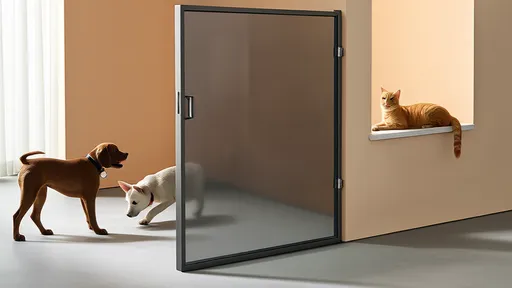
By /Jul 31, 2025

By /Jul 31, 2025

By /Jul 31, 2025

By /Jul 31, 2025

By /Jul 31, 2025

By /Jul 31, 2025

By /Jul 31, 2025

By /Jul 31, 2025
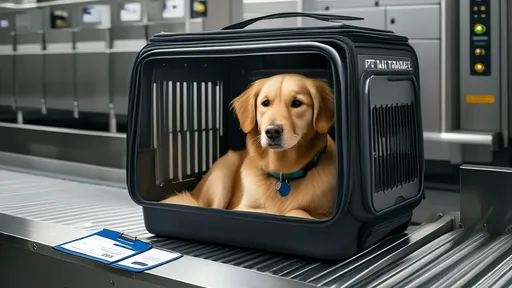
By /Jul 31, 2025

By /Jul 31, 2025

By /Jul 31, 2025

By /Jul 31, 2025

By /Jul 31, 2025
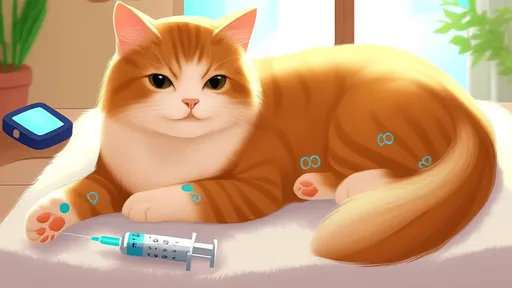
By /Jul 31, 2025
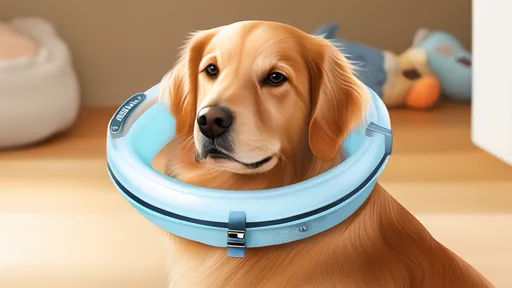
By /Jul 31, 2025

By /Jul 31, 2025

By /Jul 31, 2025

By /Jul 31, 2025

By /Jul 31, 2025
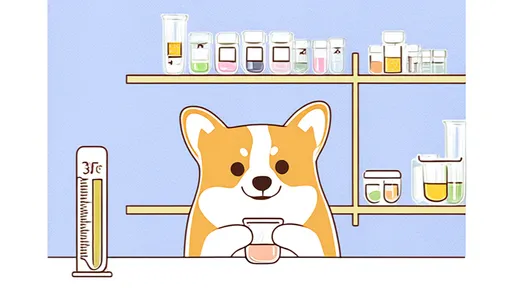
By /Jul 31, 2025